Tucked in the northernmost section of Bernards Township, New Jersey, along the Passaic River lies a small historic district. If you drive through it, you’ll notice the area’s rich history, marked by its grist mill and restored barns. However, what many people may not know is that the area was once on the verge of becoming a living history village, similar to Williamsburg, Virginia. It was the dream of an interesting local entrepreneur and founder of the famed Childs Restaurant chain. The Mr. Local History Project introduces the Franklin Corners Historic District and William Child’s Willmere Farm village.
As with all Mr. Local History retrospectives, we often update the post when we learn stories and are sent photos from our internet community. We will continue to grow this piece as information becomes available. If you have a comment or photo, feel free to post at the bottom of this page or drop us a note.
Mr. Local History Project
Original Post: May 22, 2021
Updated: June 1, 2025

Franklin Corners Historic District
The hamlet of the Franklin Corners Historic District features its 18th- and 19th-century traditional and high-style buildings, as well as the pre-war subdivisions of small-scale houses in a variety of historical revival styles. Bernards Township’s historic landmarks and streetscapes of historic buildings significantly contribute to the township’s beauty. Named after the statesman Benjamin Franklin, the area was home to some of the founding families to Bernards Township with names like Brees, Johnson, Lewis, and Southard.
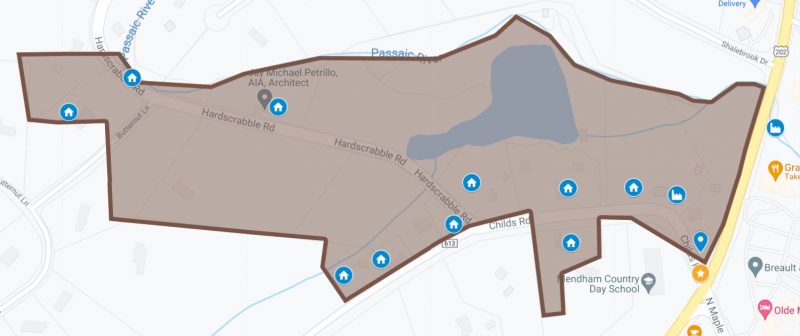
Franklin Corners on the State and National Historic Registries – 1974
What many people don’t know is that Franklin Corners was Bernards Township’s first historic district, representing a way of life that existed before the industrial era of the early 19th century. Before the Liberty Corner, Basking Ridge Village, and Madisonville Historic Districts, the Franklin Corners Historic District was approved by the New Jersey Historic Preservation Office back in 1974. It was then listed on the National Register of Historic Places a year later, thanks to the efforts of Mrs. Richard Sanford, Mrs. Charles Allen, and Mrs. Susan Ottinger, Chairman of the Old House Study Group in Basking Ridge. Citizens privately financed the Franklin Corners application for the NJ State Register of Historic Places. On December 12, 1974, it was placed on the State Register, and on June 9, 1975, it was added to the National Register of Historic Places, becoming Bernards Township’s first historic district. The only landmark icon nominated before Franklin Corners was the Basking Ridge Presbyterian Church in the center of the village.
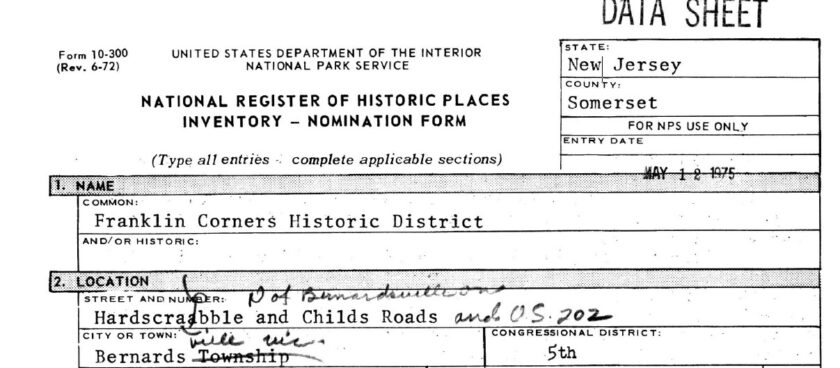
Early History
The district comprises 50 acres, including 11 structures, and its focal point, the Van Dorn Mill, circa 1843, is one of the finest examples of stonework in New Jersey. The first residents were farmers and millers, who settled in the mid-1700s. The present mill replaced the original one of 1768, which supplied Washington’s troops with grain.
The Mill
Franklin Corner’s first village structures included farms, a grist mill, a blacksmith shop, and a school. The land was part of the original William Penn tract just north of the Harrison Tract, which included Basking Ridge. A sawmill and plaster mill were added, along with a general store, in the early 1800s. The Samuel Johnson House (c. 1770) is the oldest structure in the district. However, the most iconic structure in the village is the Van Dorn Mill.
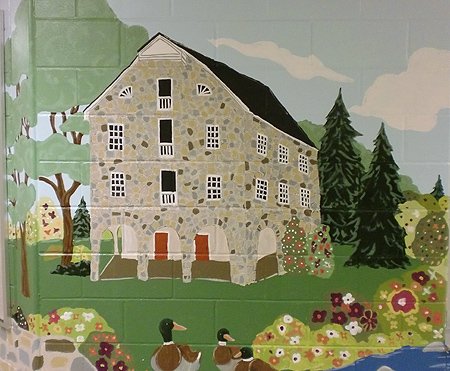
Samuel Lewis, a miller from the Franklin District in Bernards Township, built a water-powered grist mill and a barn on the Passaic River on land acquired initially from William Penn. His grandson, Richard Southard, purchased the Mill property in 1777. His small wooden mill supplied desperately needed flour, meal, and feed to the Continental Army encampment at Jockey Hollow, Morristown, during the bitter winter of 1779-80. The mill was also used for making land plaster, a type of fertilizer.
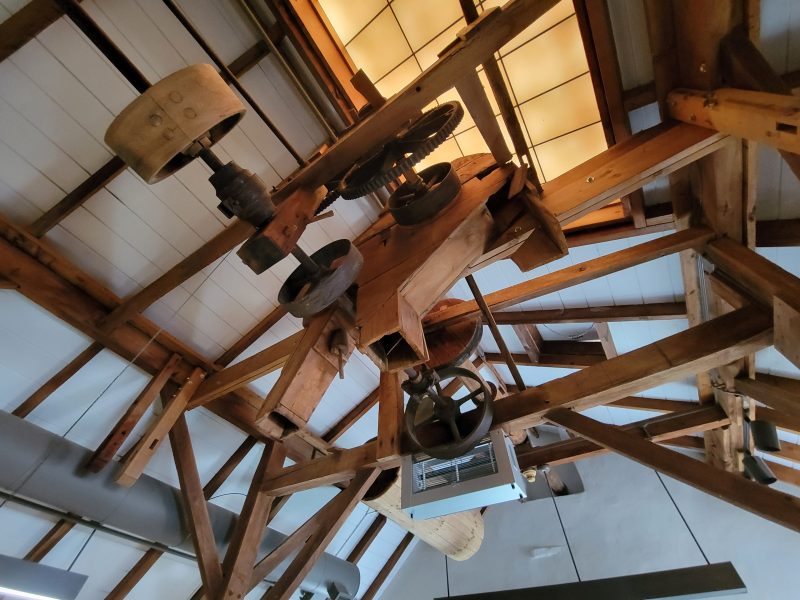
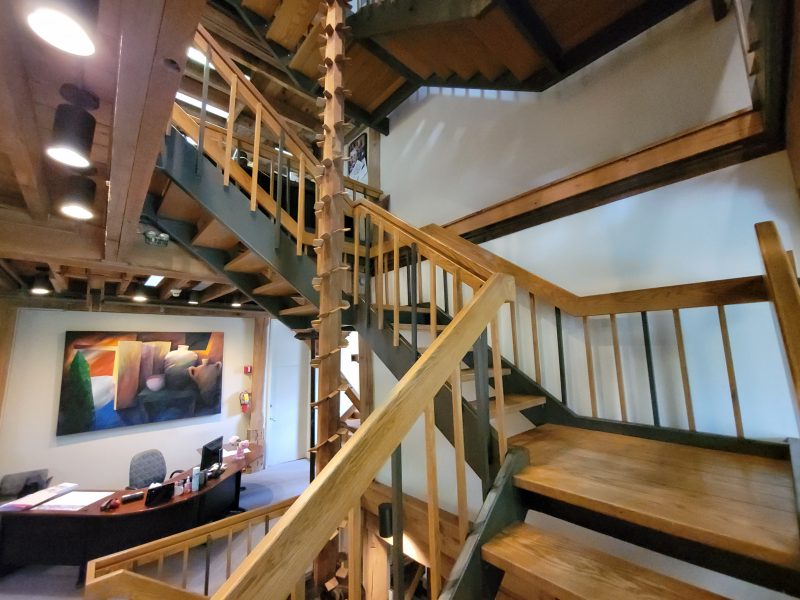
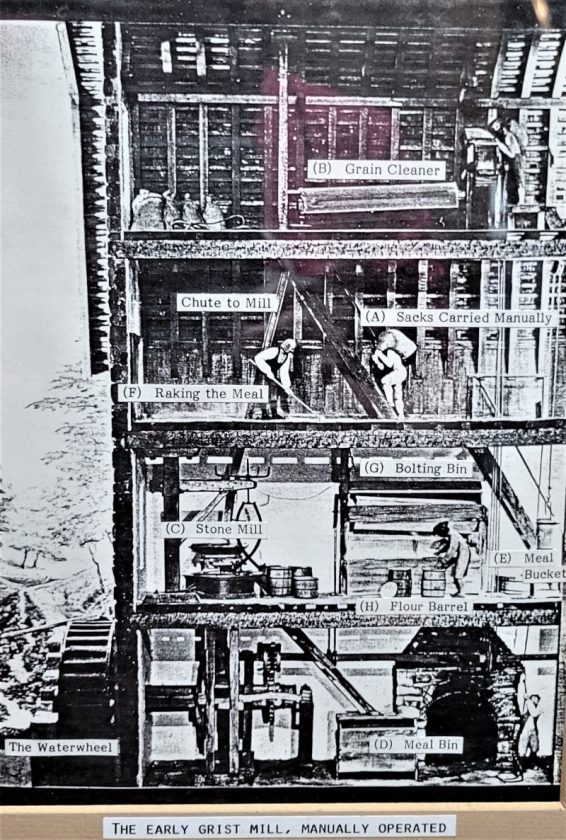
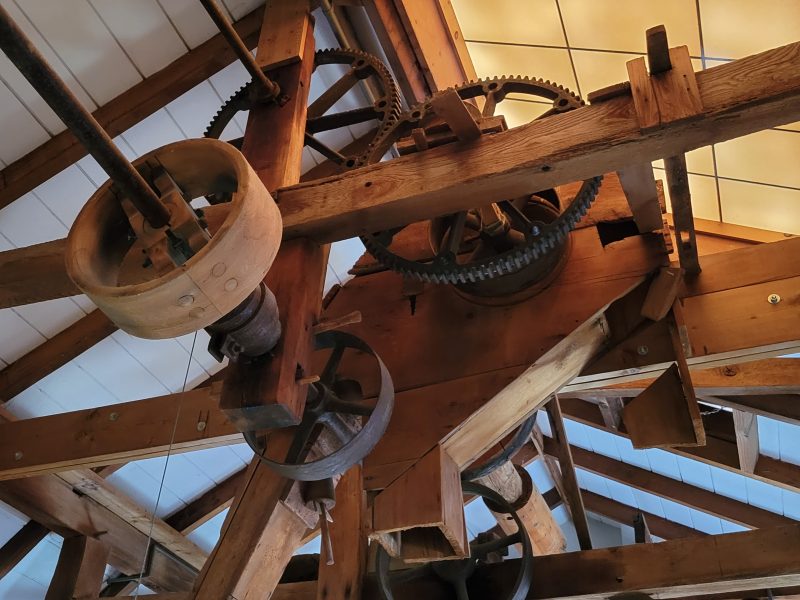
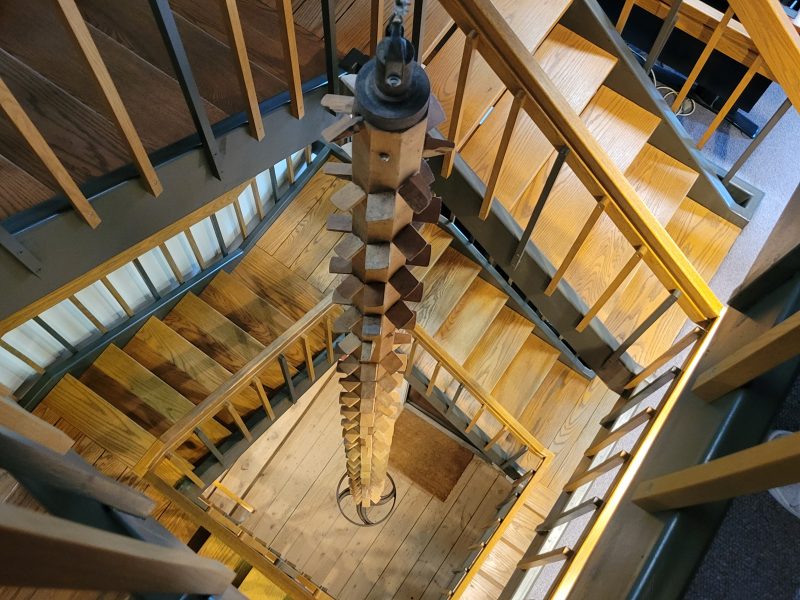
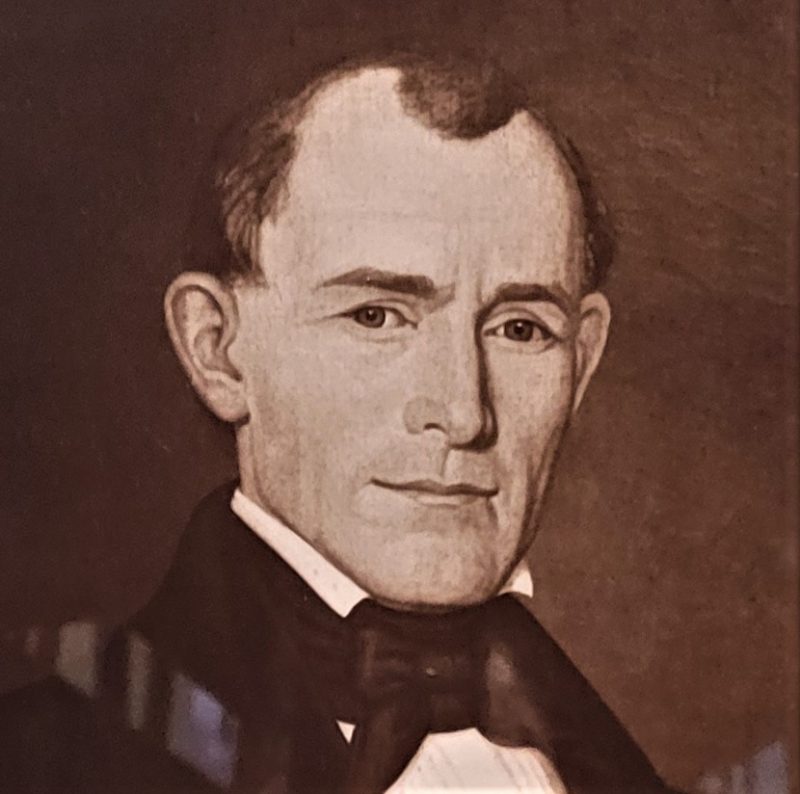
Samuel Woodward was the next owner. Upon his death in 1841, the farm was sold to Ferdinand Van Dorn, who married Woodward’s daughter Phoebe in 1831. Van Dorn was a miller from Peapack. Ferdinand Van Dorn purchased the Southard property in 1842 and subsequently constructed the present mill. This new grist mill was said to have been the finest flouring mill in Somerset County, and from its size and appearance, the statement was probably not far from the truth. Van Dorn designed the mill himself and selected a location that would provide the most efficient water power. In 1880, mechanical improvements were added to the Mill. The mill was originally fitted with three runs of stone, which were replaced in 1893 with roller-type equipment.
A FARMING AND MILLING HAMLET FROM 1770 TO 1850; VAN DORN’S MILL BUILT IN 1842 AS A REPLACEMENT, IS AN OUTSTANDING EXAMPLE OF MID 19TH CENTURY STONE MASONRY.
New Jersey Historic Preservation Office
IT HAS NOW BEEN CONVERTED INTO AN OFFICE WITH EVERYTHING FROM THE GRIST MILL RESTORED.
This modernization, coupled with the installation of 3 turbines in the late 1880s, laid the basis for a more productive mill operation. The mill was purchased by Ingersoll & Eames and later acquired by William Childs in 1929, where it operated until 1941. Much of the 19th-century mill equipment is still intact today.
The “Grain House”

Since the barn was used to store the army’s grain during the Revolutionary War, it is still known today as “The Grain House.” As the war moved south, quiet once again settled over the mill. Henry Southard built the actual barn. His daughter, Phebe, married Frederick Van Dorn, a miller from Peapack, where the name changed and is known today as the Van Dorn Mill.
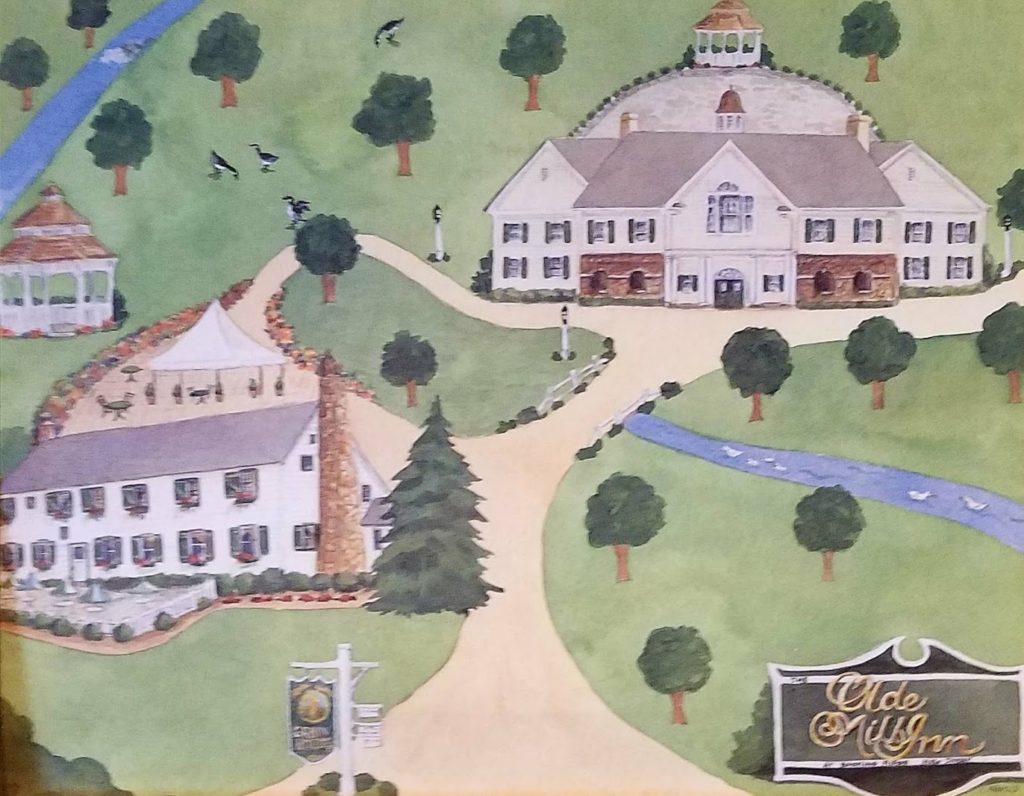
William Childs focused on the grain house and his Revolutionary-era hamlet because it was noted that he almost bankrupted the corporate restaurant business by introducing a vegan menu to the restaurant chain. The board decided Childs was not fit to run the company and was forced out. So, William turned his focus to his Franklin Corners project, restoring the Grain House barn and converting it into an inn and restaurant, and relocating it across the street to its current location. Rather than gut the inside, however, Childs chose to preserve the classic old structure’s unique spirit through a painstaking restoration. Not a beam was touched in the barn’s solid frame, and it remains to this day as it was more than two centuries ago. Only the functions of the subdivisions have changed.
Franklin Corners / Willmere Farm Project
The Franklin Corners properties passed through several hands in the ensuing years and gradually fell into disrepair, but in 1928, it received a surprising new lease on life. Famous restaurateur William Childs saw intriguing possibilities in the barn standing near the old mill. Accordingly the estate devolved to Marguerite J McMurtry and the two sons of her sister Anna D. Childs, three heirs to the family willed the 100 acre farm to William Childs (a brother of Luther Childs) of Bernards Township by their deed on September 19, 1927, reciting the deed of 1st April 1867, to Willmere Farm Inc., of Jersey City, by deed of 27 January 1928. This corporation remained the owner until December 1958 and amassed over 3,300 acres along Morristown Road (Route 202).
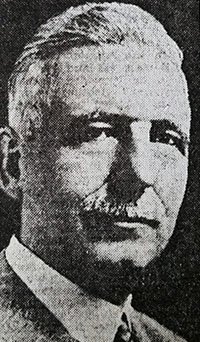
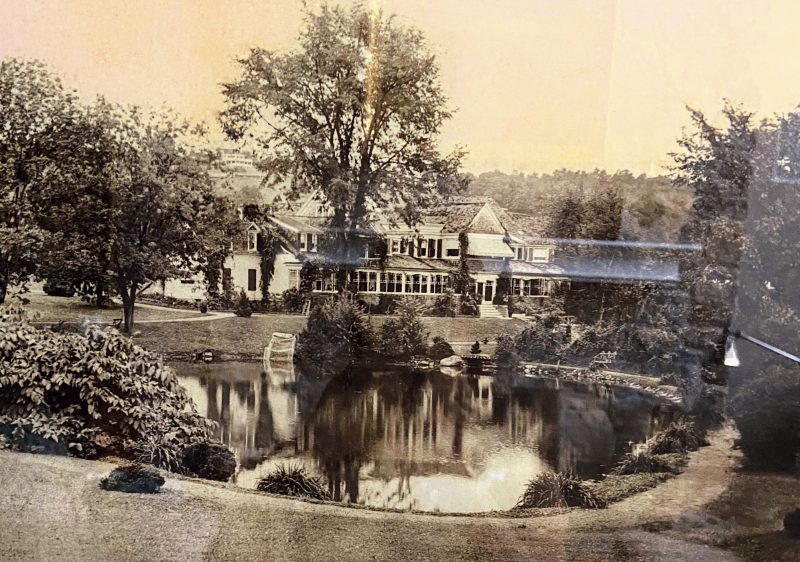
William Childs (1865 – 1938) and his wife, Victoria, resided at “Willmere Court”, off Old Army Road in Basking Ridge. William’s older brother, Heman Childs (1859 – 1920), a gentleman farmer and real estate and insurance broker, lived nearby at “Broad Acres,” a dairy farm.
“Williamsburg-Like” Ambitions
William Childs started a project in 1930 to restore Franklin Corners, envisioning a small-scale version of John D. Rockefeller’s “Williamsburg, VA” preserved hamlet and called it Willmere Farms. He was also inspired by Longfellow’s Wayside Inn in Sudbury, MA, which was noted in his book “Tales of a Wayside Inn.”
Click the interactive map to see the individual properties of what was Willmere Farms back in the 1930s
William was unable to complete it before he died on May 22, 1938, after a stroke. The area served as Childs’ ambition to create a “Williamsburg-like” active historic community as a real working old-time town that people could visit and enjoy, with up to 14 buildings including homes, mills (grist and saw), a blacksmith, barns, schoolhouse, general store, rug maker, guest houses, and yes a restaurant which was first called the Old Mill Inn. None of the lines of the original barn structure have been changed. The upstairs had seven bedrooms. The wagon and machinery room is now the Childs Dining Room. The stable is now the grill.
Willmere Farm Project Properties
11 buildings across 50 acres in what is now the Franklin Corners Historic District in the northern section of Bernards Township. Click any image to begin a slideshow of the properties.

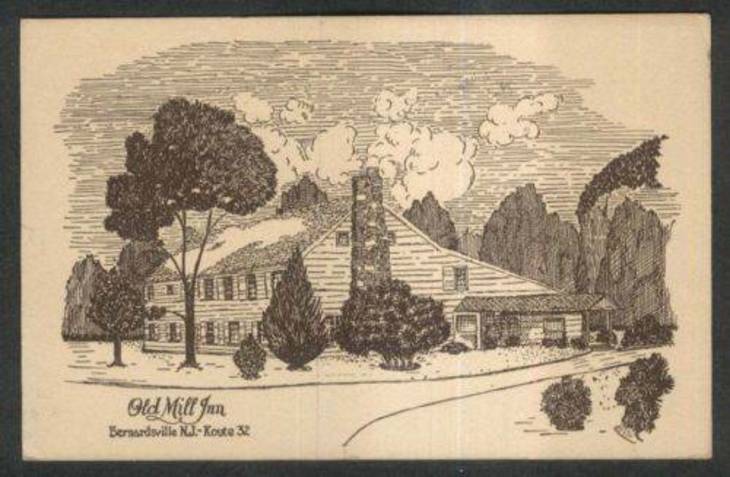
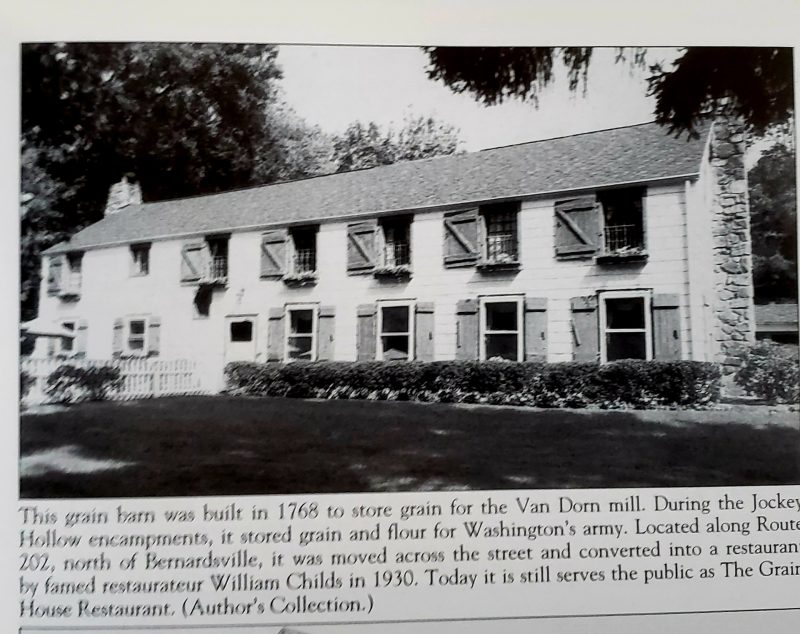
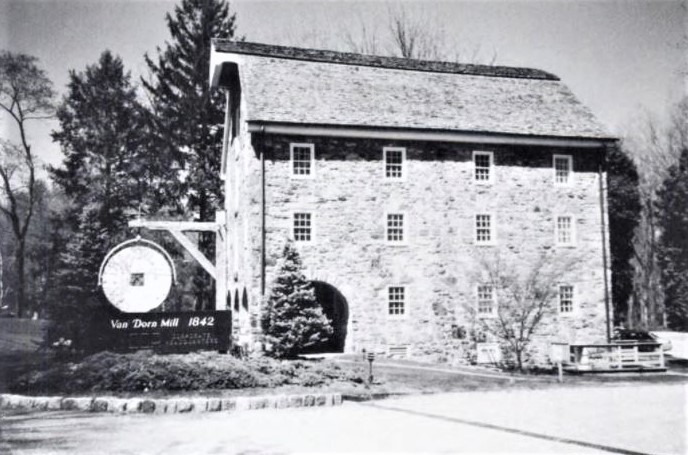
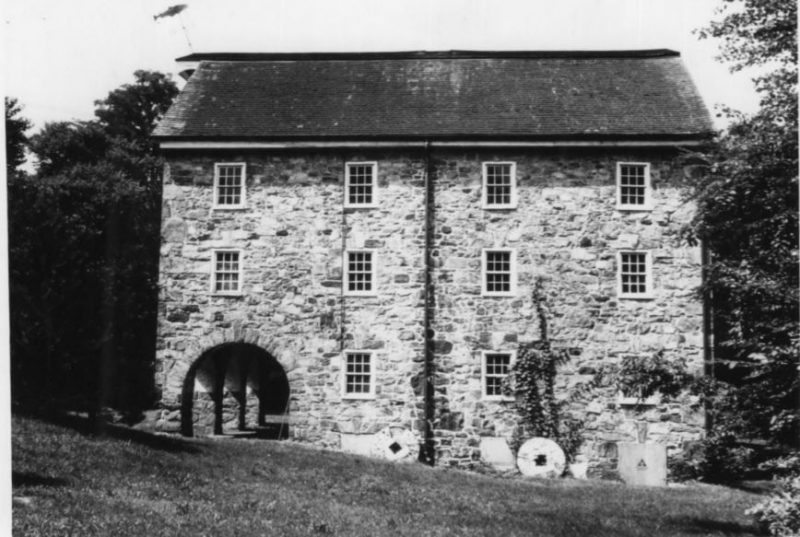
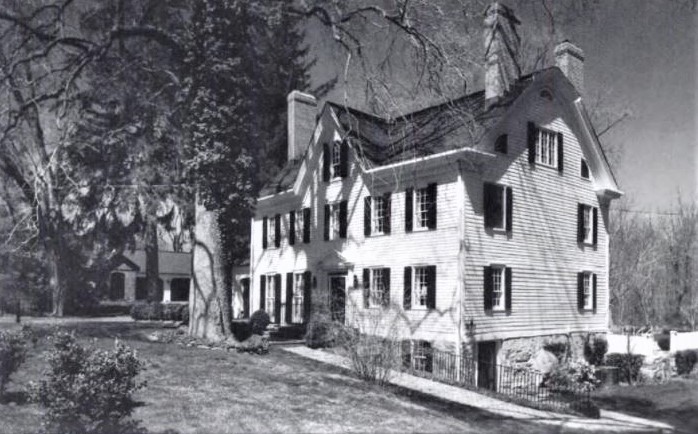
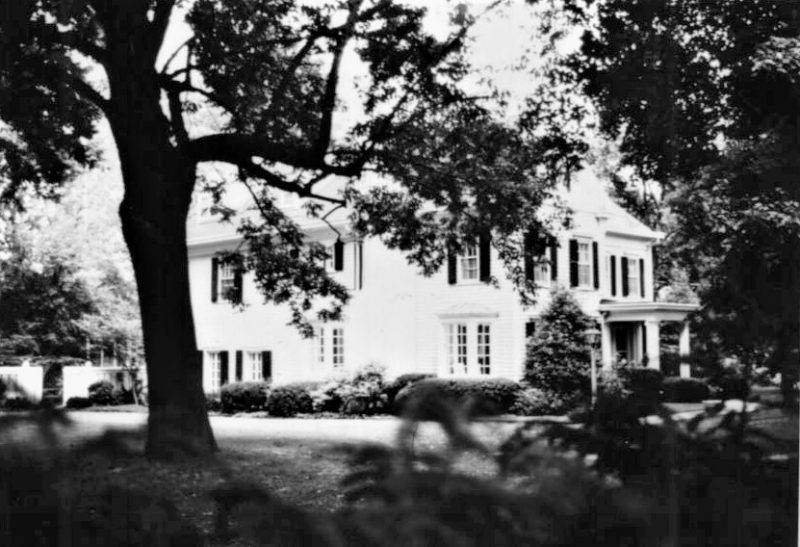
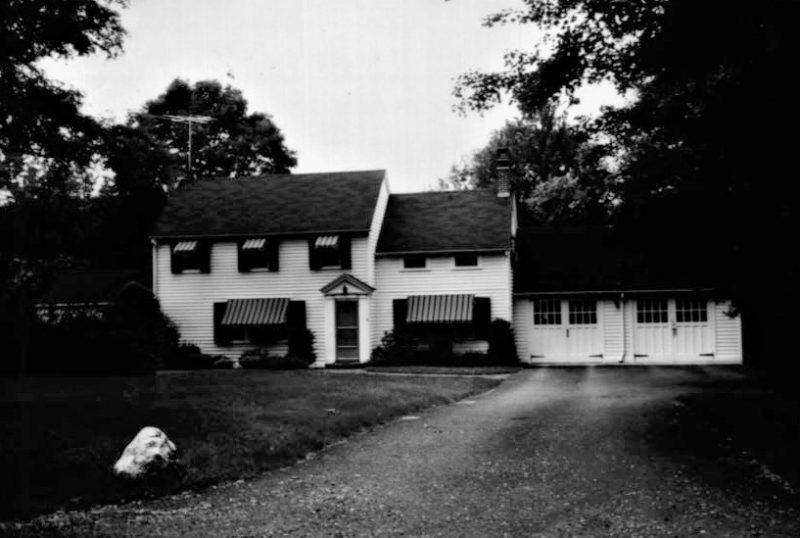
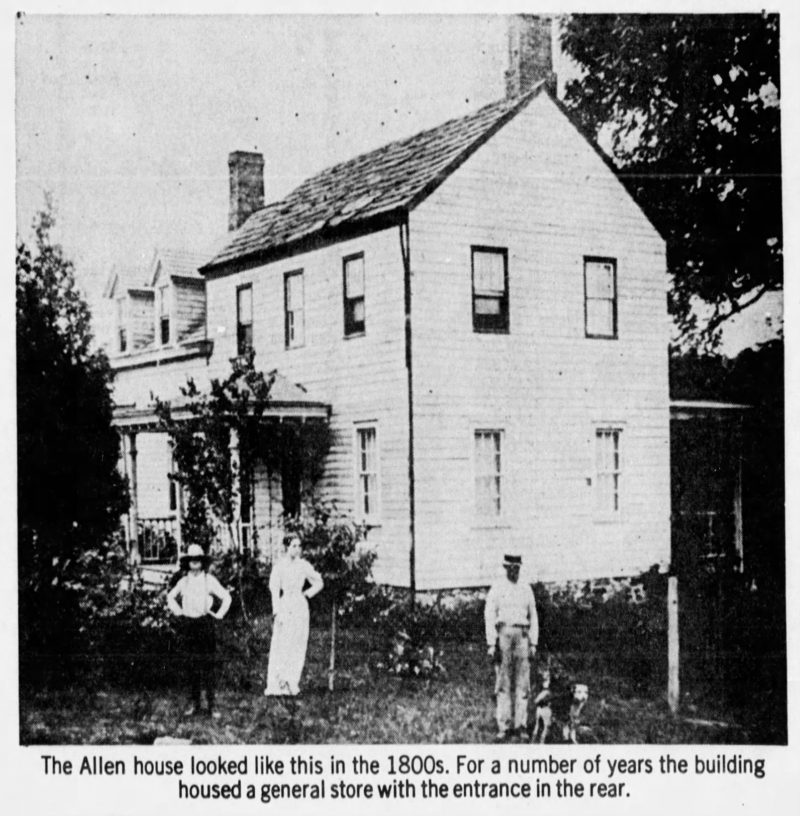
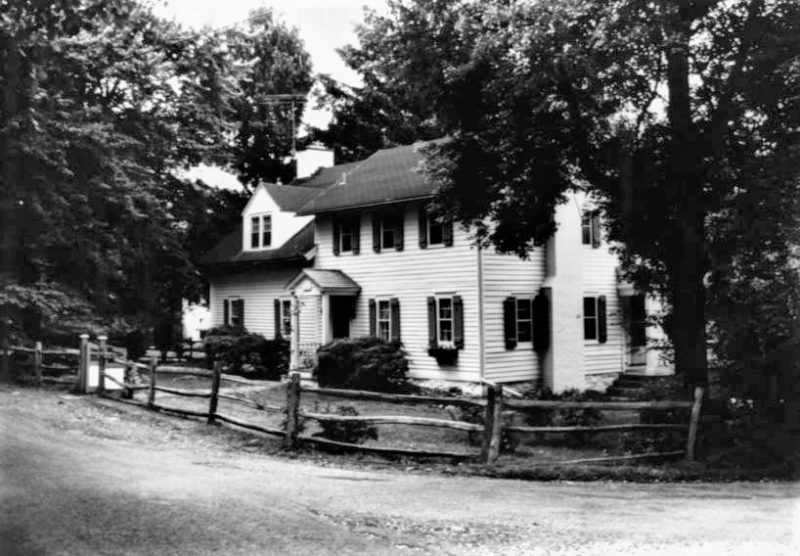
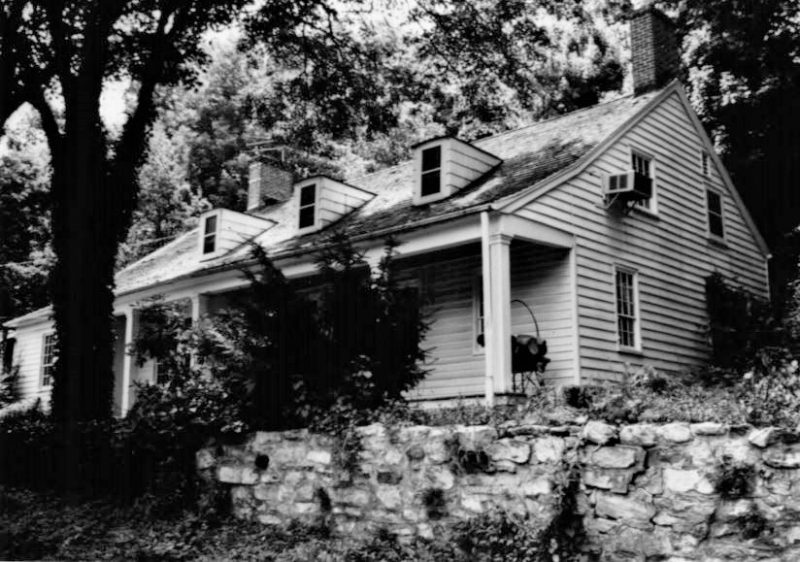
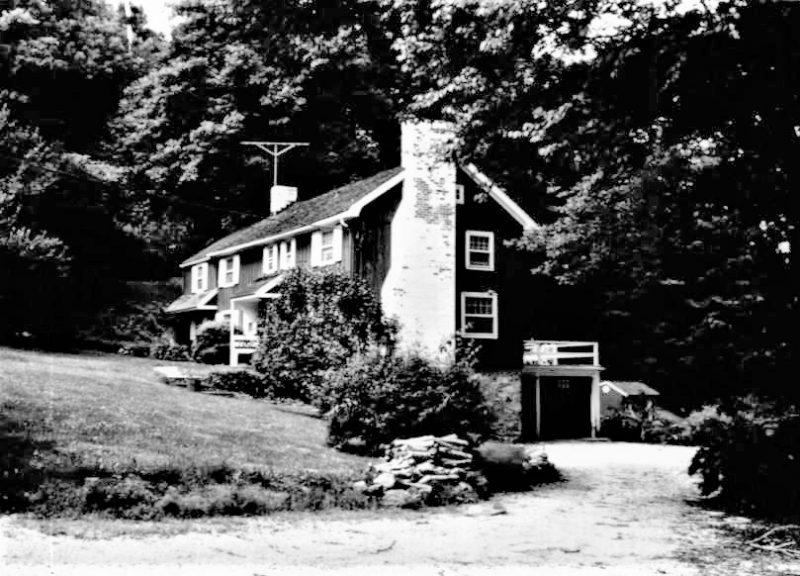
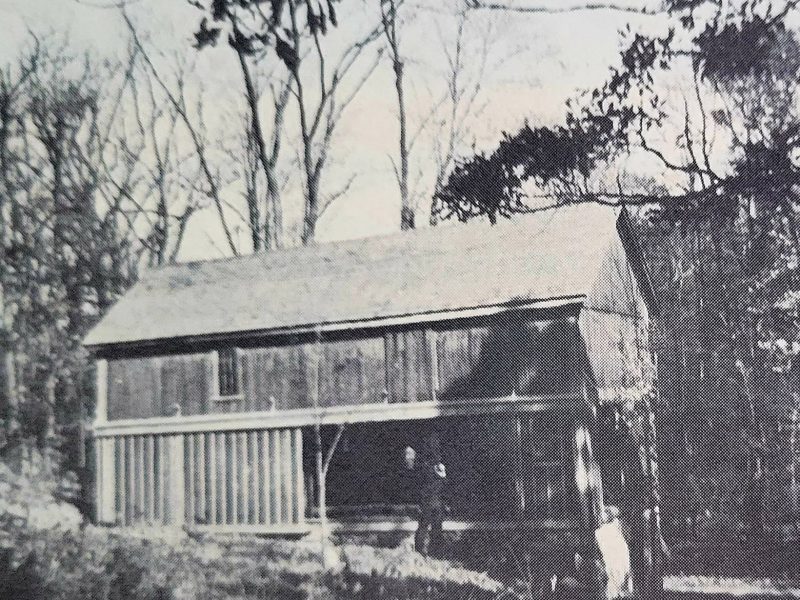
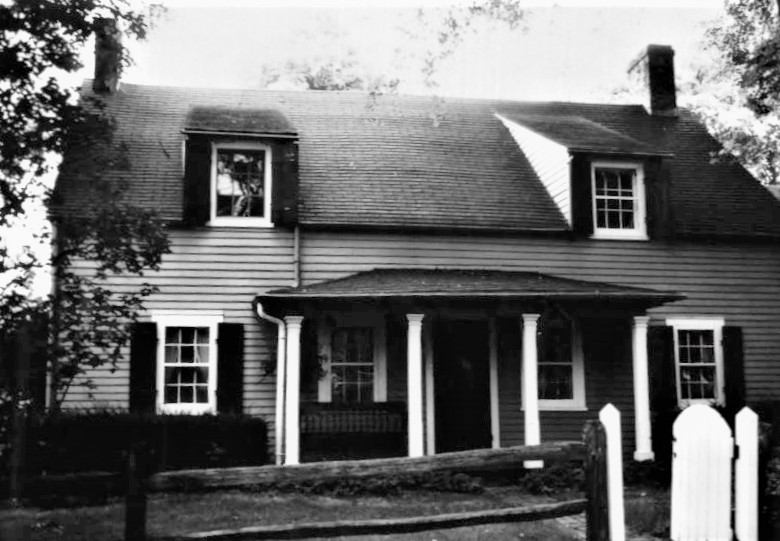

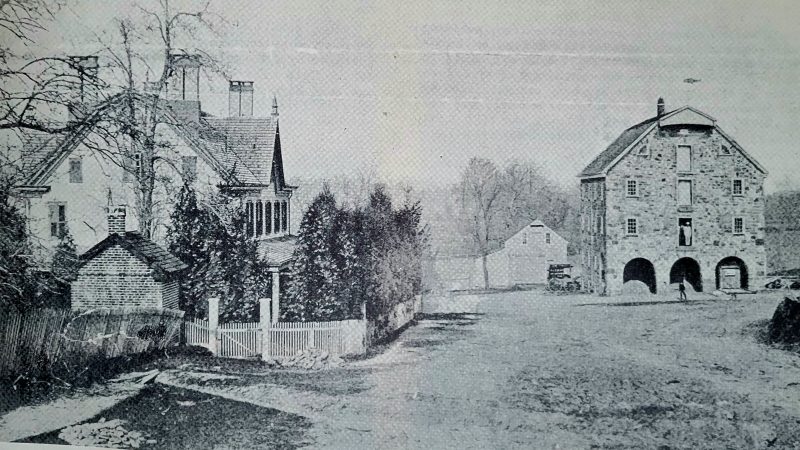
Welcome to “Childsland”
The Child’s property originally spanned 50 acres and expanded to over 550 acres, encompassing the present-day Grain House and extending down to North Finley Avenue in Basking Ridge. Since Childs was a devoted member of the Basking Ridge Presbyterian Church, the property, which you would think would be in Bernardsville, was made part of Basking Ridge. Many in the area were thankful because the project took place during the Great Depression.
Childs was responsible for employing, housing and feeding 50 workers throughout the Willmere project. In 1938 alone, over 100,000 people visited the restored mill.
MR Local history
William died in 1938 before his Willmere Farm was completed. His heirs divided the farm over the years that followed. On January 15, 1945 it was reported that Stanley Teskey purchased 3,372 acres east of Old Farm Road adjoining the land of Elizabeth M. Scott from Willmere Farms Inc.
All of the structures in Franklin Corners are now privately owned.
Side History
Samuel Childs Shannon Lodge
William’s other older brother, “Samuel S. Childs (1863 – 1925) and his wife, Emma Alward Childs, lived on their estate, “Shannon Lodge”, on Old Army Road, Bernardsville, just to the northwest of Franklin Corners. This is also the former site of the Fellowship Deaconry Nursing Home. But, before that, it was the famed Shannon Lodge, built to be one of the tri-state area’s most elegant destinations (a story for another day).
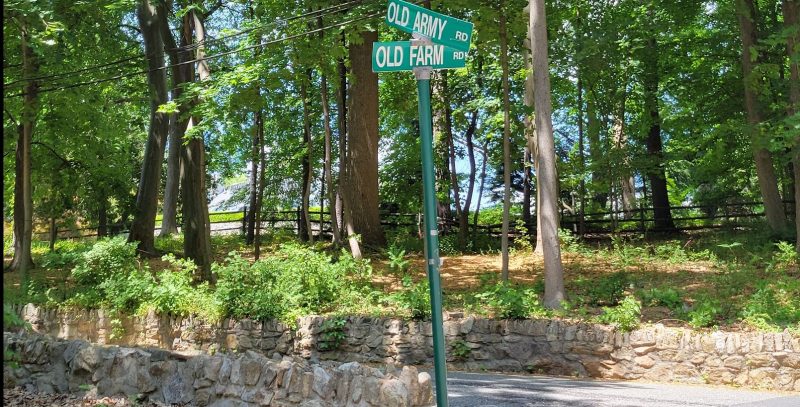
- Franklin Corners Historic District was entered in the New Jersey State Register on December 12, 1974 (ID #2472)
- Franklin Corners Historic District was entered in the National Register on May 12, 1975 (NR Reference #75001159)
- In the 1980s, the Franklin Corners Neighborhood Association was formed and sponsored a tour of the homes in the district. Six homes were open for the tour.

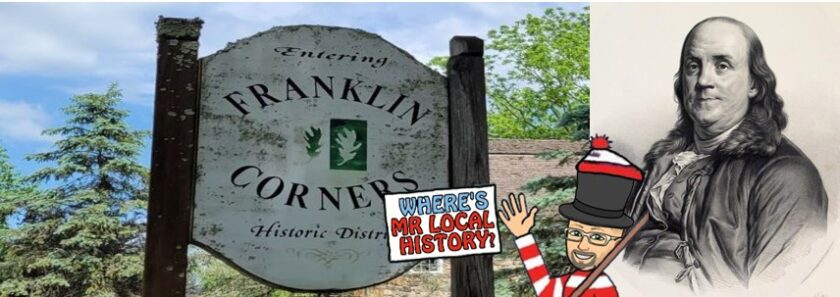
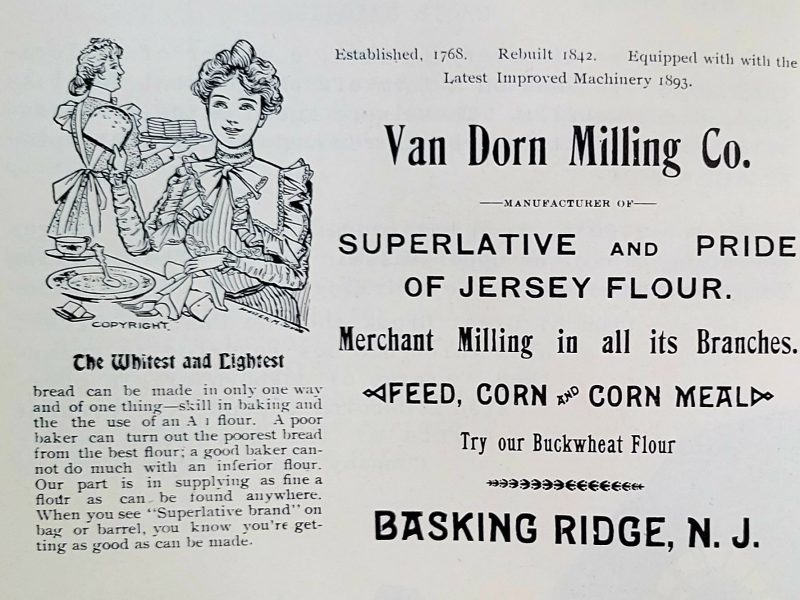
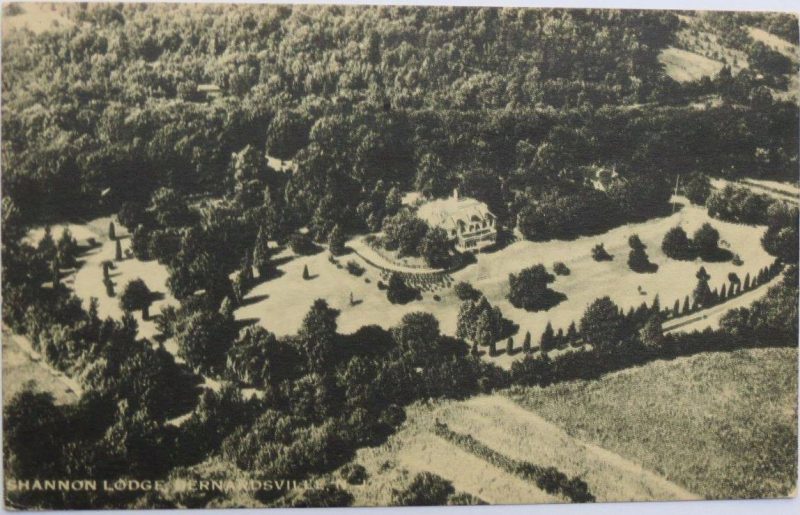
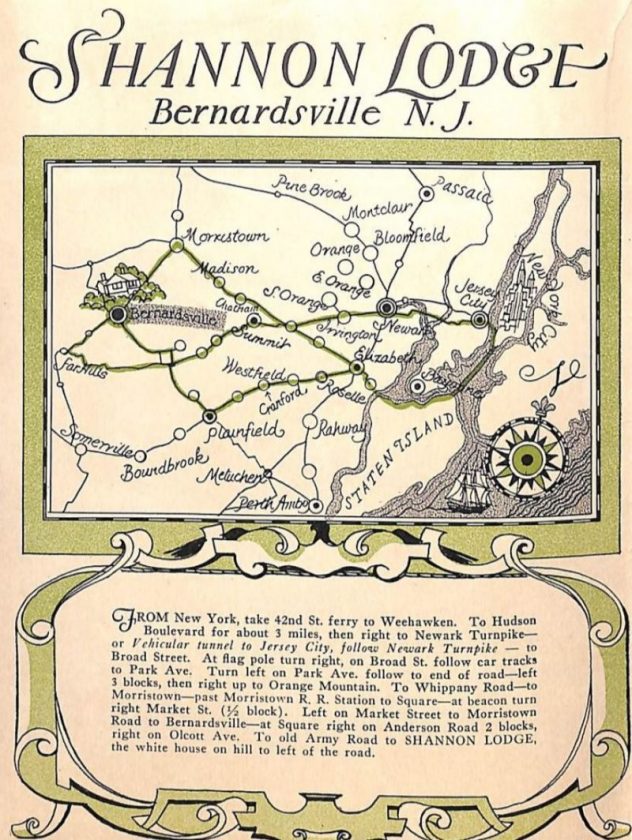




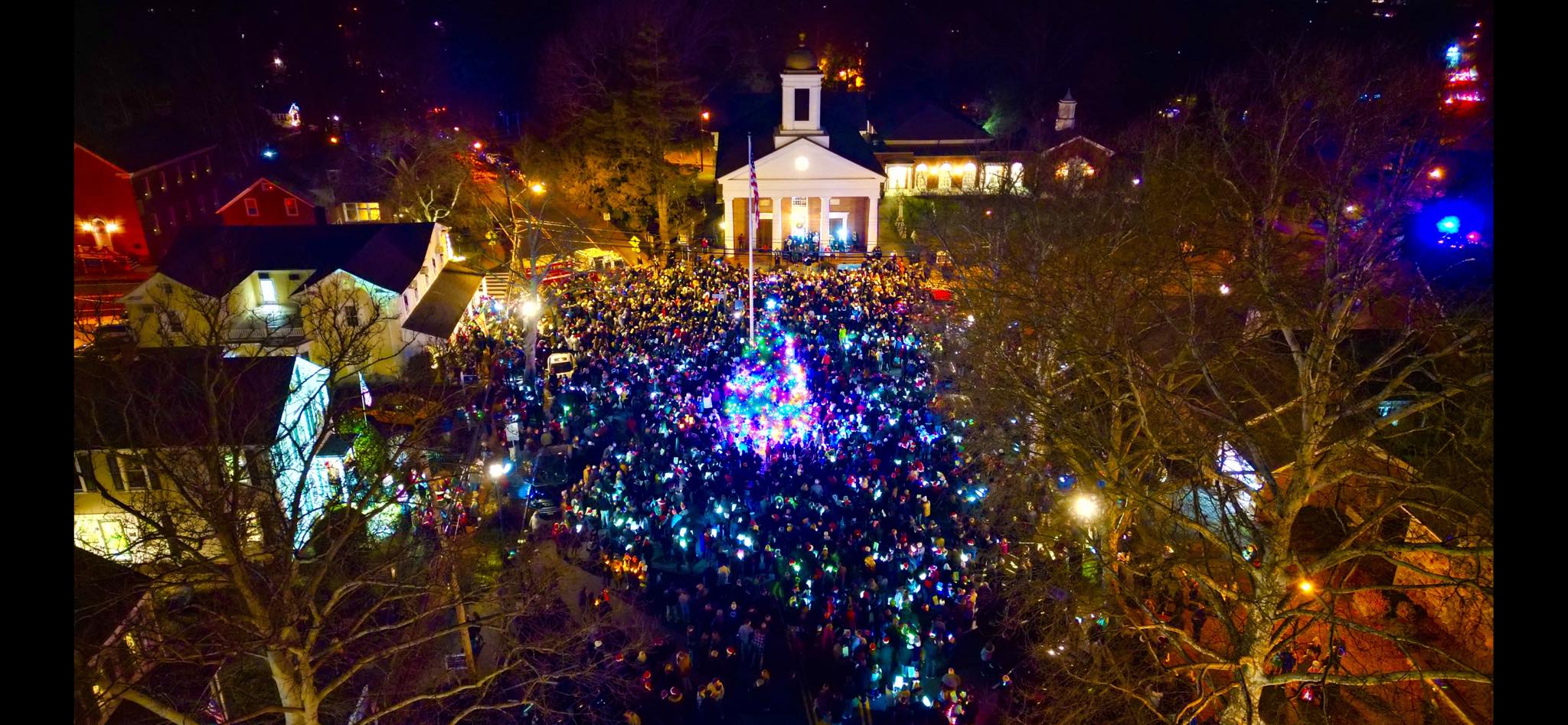
I don’t think the quote from the Childs Brothers that The Childs Restaurants were the first to hire women is correct. Fred Harvey hired the legendary Harvey Girls to wait tables in the 19th century.
In 1889, two brothers in New York City opened a restaurant that was a direct response to concerns about food safety. Samuel S. Childs and William Childs opened the first Childs Restaurant on Cortlandt Street in Manhattan’s Financial District, focusing on affordable meals for the working class coupled with extremely high standards (historically speaking, at least) for hygiene, cleanliness, and food safety. In the same vein, the restaurant’s waitresses were clad in pristine, starched white uniforms—reminiscent of those worn by nurses—and made a point of having janitorial staff visibly cleaning in front of customers at all times. If they weren’t the first, they were certainly credited as one of the first with the model.
https://www.bloomberg.com/news/articles/2016-02-03/how-the-pioneering-childs-restaurant-chain-built-an-empire-based-on-food-safety-and-hygiene
My 3rd Gr Grandfather Frederick Childs, b. 1796. and connection to the Van Doren family;
September 8th 1829 Frederick bought 3 acres of land in Chester, Morris County NJ, the whole of the saw mill from Elias Hight and his wife Sally. June 28th, 1836 he purchase an additional acre adjacent to the mill $27.75.
January 24th, 1843 Frederick and Amy sold the Stephen Baker three pieces of land in Chester for $4,500.
April 8th, 1843 sold to James Emaus of Readington for $1,200 the undivided half tract in Washington Township, Morris County New Jersey, with mills and building conveyed to John Van Doren (famous for Van Doren Mill Franklin Corners Childs Rd./ 202) and Susan his wife. March 27th 1841.
1843. 3rdGr Grandfather Frederick, age 47, bought 19 acre “Childs Rd.” farm from Susan Adamson for $1218.12.